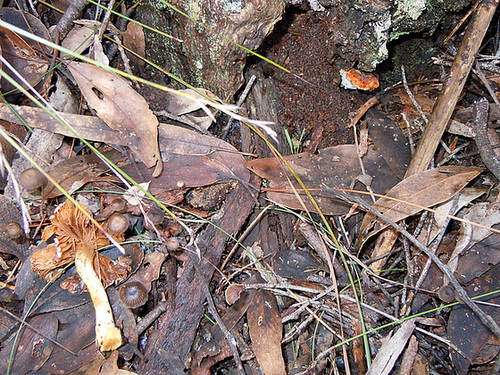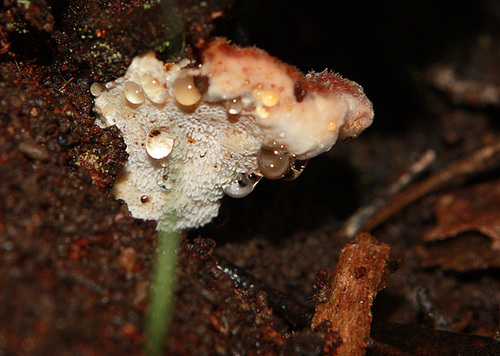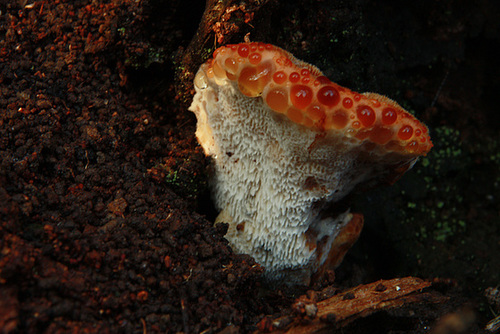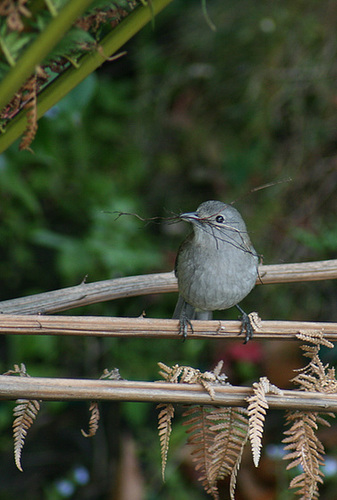I just discovered that this post had not gone up and I am not going to rewrite all this, but it matters ... at least the information is important to ME and I want to share it.
So, from my very own wayback machine, here it is from August / September, 2013!
I haven't been lazy, actually ... more like "busy".
This year has brought new grandchildren (two days caring a week) and lots more traveling.
More directly relevant though has been the ongoing caring for this block.
My weeding proceeds very well, though dramatically reduced.
I am sure it must sound boring (or be boring to read about) but I find I enjoy it; it is quite rhythmical (until this time of year) and I can always look back at the end of a solid days' work and see the results for a few weeks at least.
About now the ground is getting dry and hard and it is hard to pull the weeds up, so from here on it is not a big part of my days.
Watsonia Report.
This year the block was inspected officially by an Environment Department officer who first surveyed the block over 10 years ago and registered it for assistance.
He not seen it since then.
Because of the long time the change was apparently very striking and he indicated that he was so impressed by the progress in that time that he volunteered extra help.
Part of the deal was that he had been looking for a "trial site" for a new herbicide which is getting good results in Western Australia, so he decided this block was a worthy contestant for that funding.
As a result a professional team of five worked here for a couple of days carefully painting the herbicide on the Watsonias and the resultant kill is stunning.
In past years I have FILLED a ute with just the cut off flowering stalks and sent over 10 cubic metres of pulled-up-by-the-roots entire plants to the landfill; this year I have only been able to find about 150 seed heads.
More than that, my one fear was proved groundless.
I was afraid that there would be a lot of "by catch", ie of good plants growing close to the poisoned watsonia being killed as well.
That has not happened.
In some places Watsonias grew intermixed with Correa, Pimelia, Dianella, Lomandras, and more and they are all still green as ever while surrounded by dried, yellowed watsonias.
So, great progress and I look forward now to being able to diversify my weeding.
Did I say that the Watsonias were the big story?
Well, a bigger one is that it would seem that the block is to be accepted as an official "Heritage Bush" site.
After much back-and-forthing the final document ( four copies of it) are now with the Minister for his / her signature.
There will be many restrictions on what I can do here, but none that trouble me unduly; mostly they are things I would not ever do, although technically I ought not "prune" plants either (which I do).
If that is what it takes to try to protect the bush in the long term, I am happy to live with that.



.JPG)
.JPG)
.JPG)
.JPG)
.JPG)

































